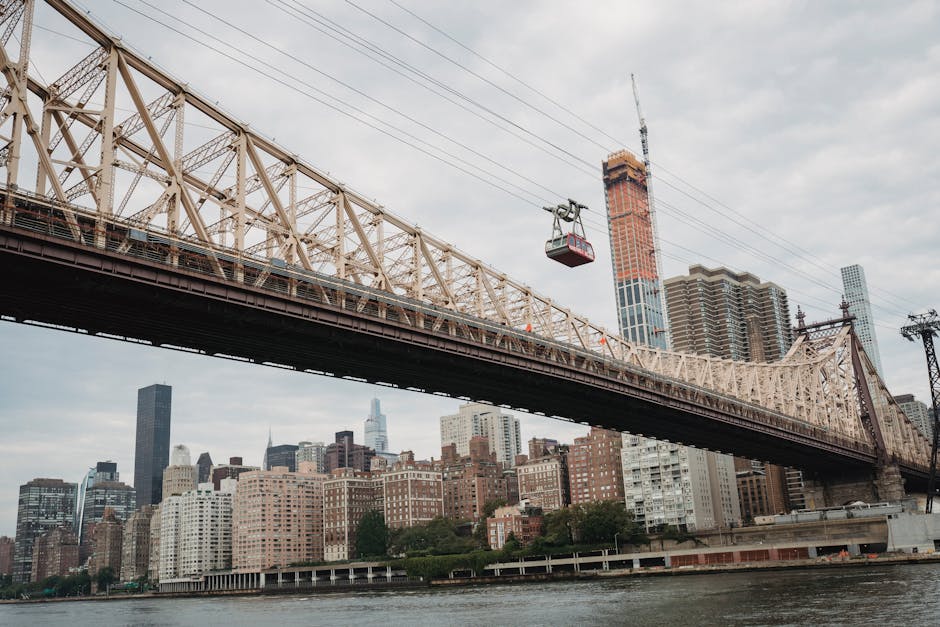How to Navigate US Roads as a Foreign Visitor: A Rental Guide

Traveling to the United States can be an exhilarating experience, but navigating its vast road network as a foreign visitor can present unique challenges. With different driving rules, road signs, and traffic patterns, it's essential to be well-prepared before hitting the road. Renting a car offers the freedom to explore at your own pace, but understanding how to navigate US roads safely and efficiently is crucial.
Understanding US Driving Rules
Before you start Each state has its own set of rules, although many are standard across the country. Here are some general guidelines:
- Speed Limits: Speed limits vary by state and type of road. Generally, highways have higher speed limits compared to urban areas. Always look for speed limit signs.
- Right on Red: In most states, you can turn right at a red light after coming to a complete stop, unless there's a sign prohibiting it.
- Seat Belts: Seat belt use is mandatory for all passengers in most states. Ensure everyone in the vehicle is buckled up.
It's also advisable to review any specific state laws where you plan to drive. The USA.gov website offers comprehensive information on state-specific traffic laws.
Choosing the Right Rental Car
Selecting the right rental car can make your trip more comfortable and enjoyable. Consider the following factors when making your choice:
1. Size and Comfort: Depending on your travel group size and luggage, choose a vehicle that provides adequate space and comfort.
2. Fuel Efficiency: Fuel costs can add up, especially if you plan to cover long distances. Opt for a fuel-efficient model if possible.
3. GPS Navigation: While most smartphones offer navigation apps, having an in-car GPS system can be beneficial, especially in areas with poor cell reception.
You might also want to compare rental companies based on their policies and customer reviews. Websites like rentalcars.com provide detailed comparisons of various rental agencies.
Navigating Road Signs and Signals
Road signs in the US may differ from those in your home country. Here are some key signs and signals to be aware of:
| Sign | Meaning |
|---|---|
| Stop Sign | You must come to a complete stop at the line or crosswalk. |
| Yield Sign | Surrender the right of way to other vehicles or pedestrians. |
| No U-Turn | U-turns are prohibited at this location. |
Insurance and Safety Tips
Insurance is an important consideration when renting a car in the US. Most rental companies offer various insurance options, including collision damage waivers (CDW) and liability coverage. Verify what your existing travel insurance covers before opting for additional rental insurance.
Safety Tips:
- Avoid Distractions: Use hands-free devices if you need to make calls while driving.
- Avoid Driving Under Influence: The legal blood alcohol limit varies by state but is generally around 0.08%. It's best not to drink if you plan to drive.
- Pit Stops: Take regular breaks on long drives to avoid fatigue.
Toll Roads and Payment Methods
The US has numerous toll roads, especially in states like Florida, Texas, and New York. Familiarize yourself with how toll systems operate in these areas. Many toll roads now accept electronic payments through systems like E-ZPass or SunPass.
If you're unsure about which roads have tolls or how much they cost, resources like TollGuru.com provide comprehensive toll calculators and payment options tailored to your route.
Mishaps and Emergencies
Mishaps can occur even with the best preparation. Knowing what steps to take can make all the difference:
- Breakdowns: Most rental cars come with roadside assistance. Keep the assistance number handy.
- Accidents: Call emergency services immediately (911). Document the incident with photos and contact your rental company for further instructions.
- Theft or Vandalism: Report any theft or vandalism to local police and inform your rental company as soon as possible.
If you face any legal issues while driving in the US, it might be helpful to contact your country's embassy or consulate for support and guidance.
Cultural Differences and Local Etiquette
Cultural norms can affect driving behavior. In general, American drivers tend to be polite but assertive on the road. Here are some tips on local driving etiquette:
- Merging Lanes: In heavy traffic, allow cars from merging lanes to enter smoothly by alternating turns (zipper merge).
- Panic Honking: Avoid excessive use of the horn; it’s generally reserved for alerting other drivers of immediate dangers.
A little research into local customs can go a long way in ensuring a smooth driving experience during your stay in the US. Renting a car as a foreign visitor in the US provides incredible flexibility but requires careful planning and understanding of local laws and customs. Familiarize yourself with driving regulations, choose an appropriate rental car, understand road signs, secure necessary insurance, prepare for emergencies, and respect local driving etiquette. By adhering to these guidelines, you will be well-prepared to navigate US roads confidently and safely during your visit.
